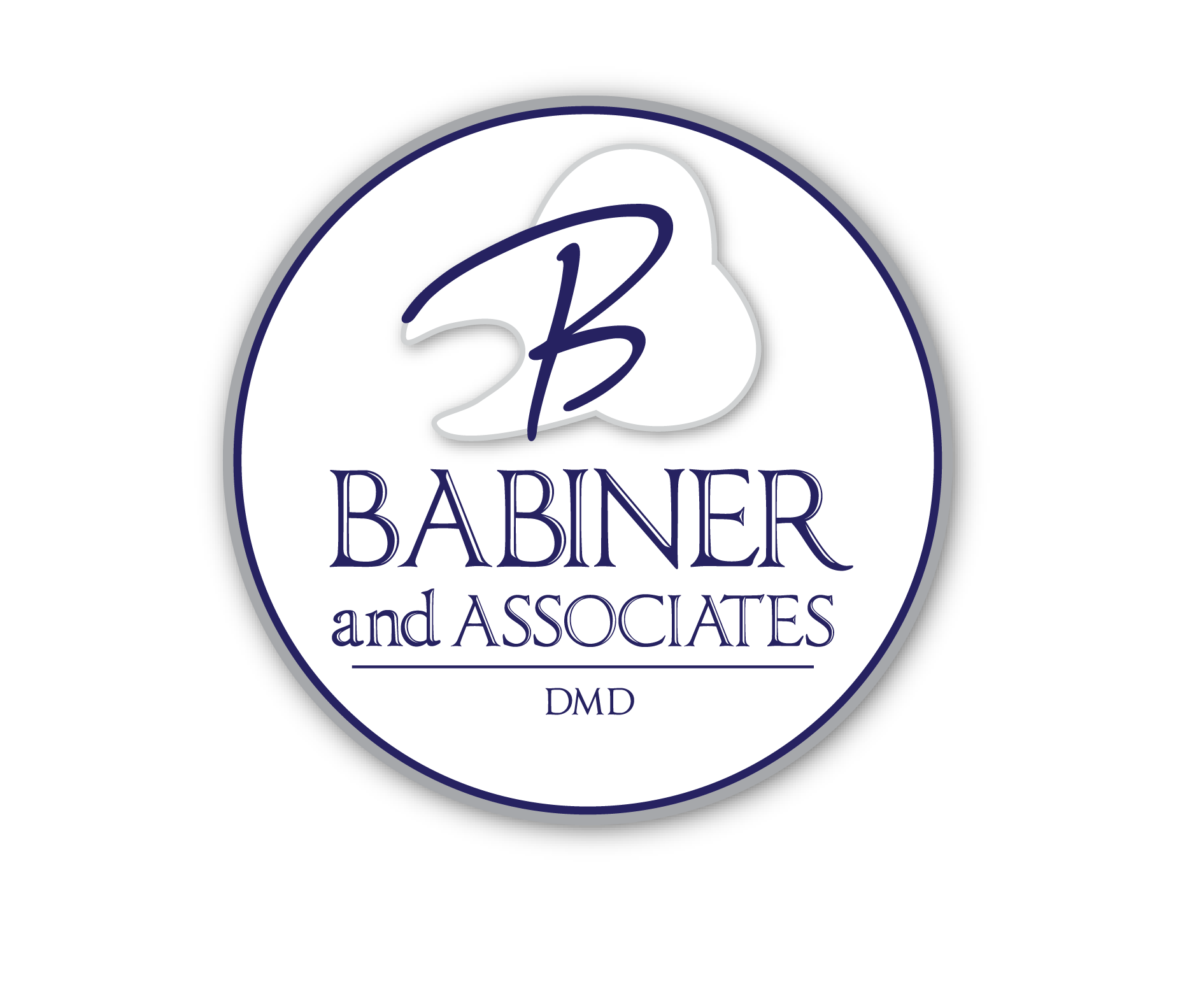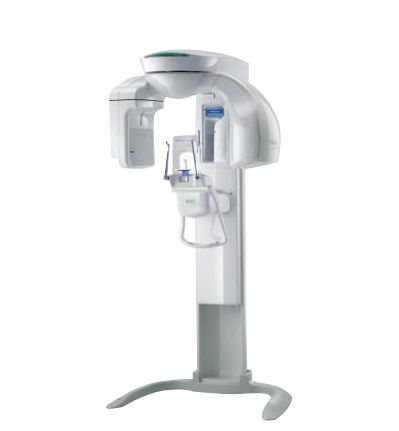Safe business software helps keep track of everything within small-sized companies. These systems minimize risk and increase the speed of WHS and improve productivity at work. They also provide a great way to report hazards or incidents. Many of these applications are free and easy to understand and manage. They also offer a wide range of versatility and can be used for a wide variety of uses.
SAFe is a framework, and is meant to be configured for the needs of an organization. The four standard configurations – Essential SAFe Large Solution SAFe Full SAFe and Portfolio enable organizations to apply Lean-Agile practices to their own enterprise context.
Identify business reasons for the change: Organizations should identify clear and compelling business arguments for implementing SAFe. This will enable leaders to better coach teams and encourage them to embrace the change vision.
Implementation plan: A plan for implementation is crucial to ensure the success of SAFe. This includes identifying key business goals and creating a roadmap for how to achieve them. It is essential to include the required skills and resources needed for each goal.
Focus on delivering value SAFe assists businesses in responding quickly to changing market conditions. Businesses can increase the frequency and speed of product launches to better meet the needs of customers and grow revenue.
SAFe is an excellent tool however it can be a bit confusing at times. One of the most typical examples is its use of overlapping overloaded, re-defined, and ambiguous terminology. It also tends to use many jargons, which confuses people rather than instructing them.







 sending...
sending... Facebook
Facebook Twitter
Twitter Google Plus
Google Plus You Tube
You Tube